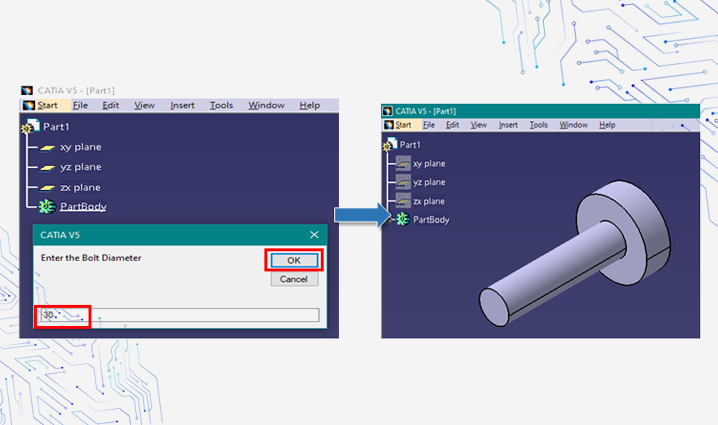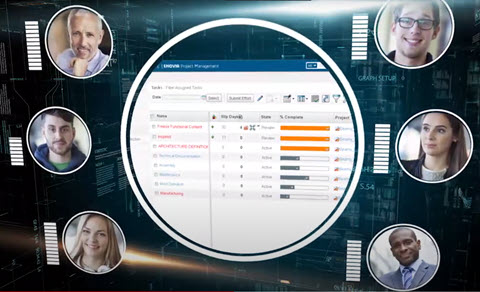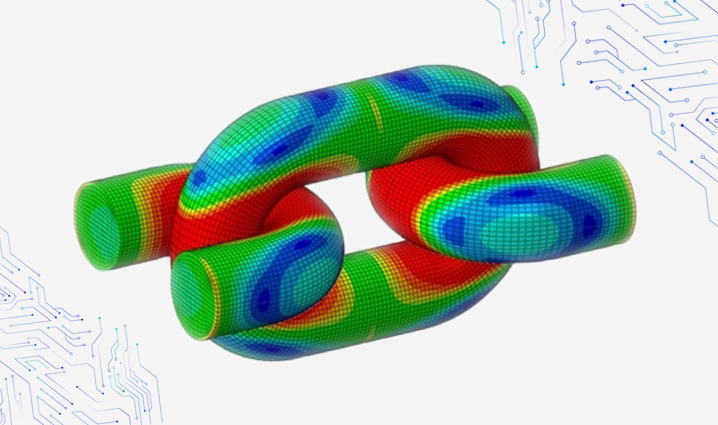Latest Blog Posts
Your gateway to industry trends and updates

Automate your CAD using CATIA V5 Macros
Performing repetitive tasks manually leads to a loss of productivity. This is one of the major reasons why organizations are increasingly trying to automate processes…

Digitalization of Lean Practices in Shop Floor
Lean Manufacturing The word “lean” means no excess. So lean manufacturing can be explained simply as manufacturing which involves nominal waste. Lean manufacturing is all…

Achieve Product Design Excellence with CATIA 3DEXPERIENCE
CATIA is one of the widely used software applications for product design across various industries. CATIA has helped organizations to conceptualize, design and conform to…

How companies optimize their Design, Engineering and Manufacturing Processes?
Organizations are adopting Lightweight Engineering solutions to optimize their design, engineering and manufacturing processes. R&D departments in the Automotive and Aerospace sector is increasingly considering…

Project Management & its Importance to Organizations
Most of the organizations employ traditional operating procedures for Project Management. Data handling process is usually manual (file based) which means organizations manage their activity…

Overview on DMLS Process for 3D Printing and its Applications in Space Industry
Additive Manufacturing Additive manufacturing is a specific 3D printing process where parts are built layer by layer by depositing material according to digital 3D design data. For…

An Integrated Solution for Manufacturing Complex Parts
Globalization and the fluctuations in customer demand in various industries have made manufacturing companies to rethink their current manufacturing process. The components are becoming very…

Smart Factory
Rise in demand, globalization and uncertain pandemic conditions have made manufacturing sector adopt various changes, one of which is smart factory or digital factory. Due…

Ensuring Seamless Collaboration in Food & Beverage Industry
Innovation is very vital for the growth of any company. Anticipating and meeting the needs of consumer creates consumer trust and brand value. Behind a…

Large Assembly Management in CATIA V5
Working with large assemblies in the CATIA V5 system can be very demanding. Even with the use of extremely powerful machines and workstations, working with…

Enforcing Contact Constraints Using Penalty Contact Method in Abaqus
There are two primary methods through which normal direction contact constraints can be enforced in Abaqus/Standard: the traditional direct Lagrange multiplier method and a penalty-based…

How to Enforce Contact Constraints using Augmented Lagrangian Method in Abaqus/Standard?
There are three methods of contact constraint enforcement that are available in Abaqus/Standard: The direct Lagrange multiplier method, The augmented Lagrangian method, and The penalty…
Subscribe to our newsletter
Get all the latest information on Events, Sales and Offers.